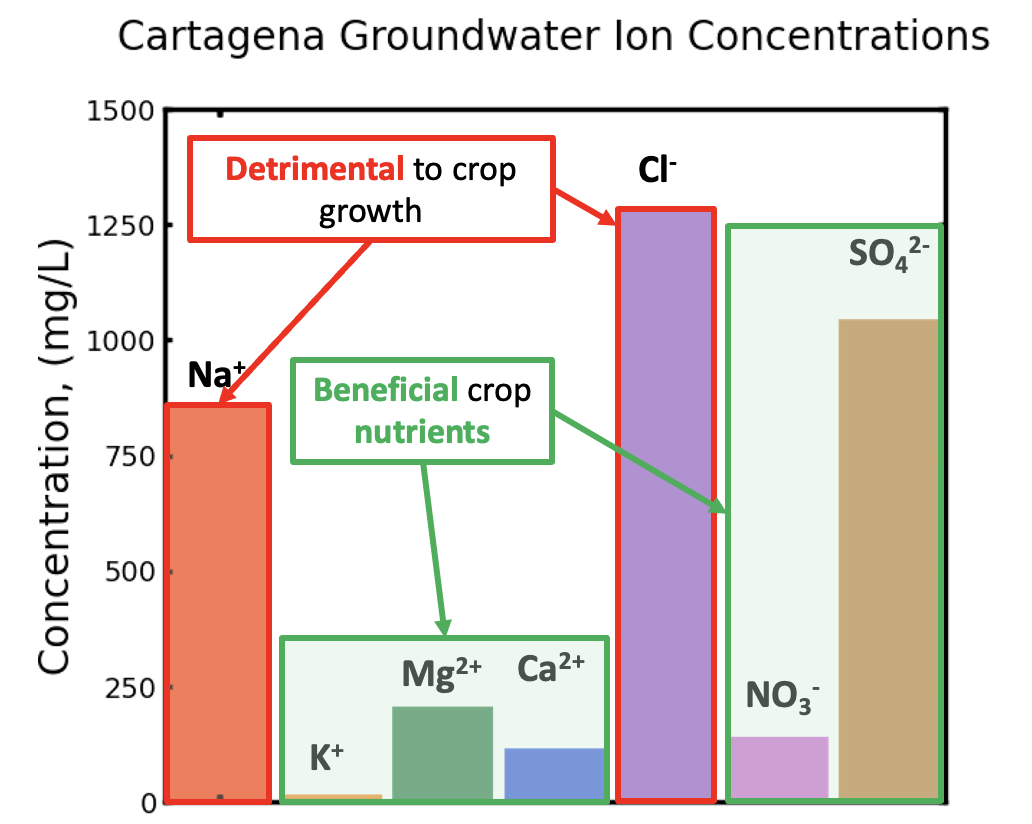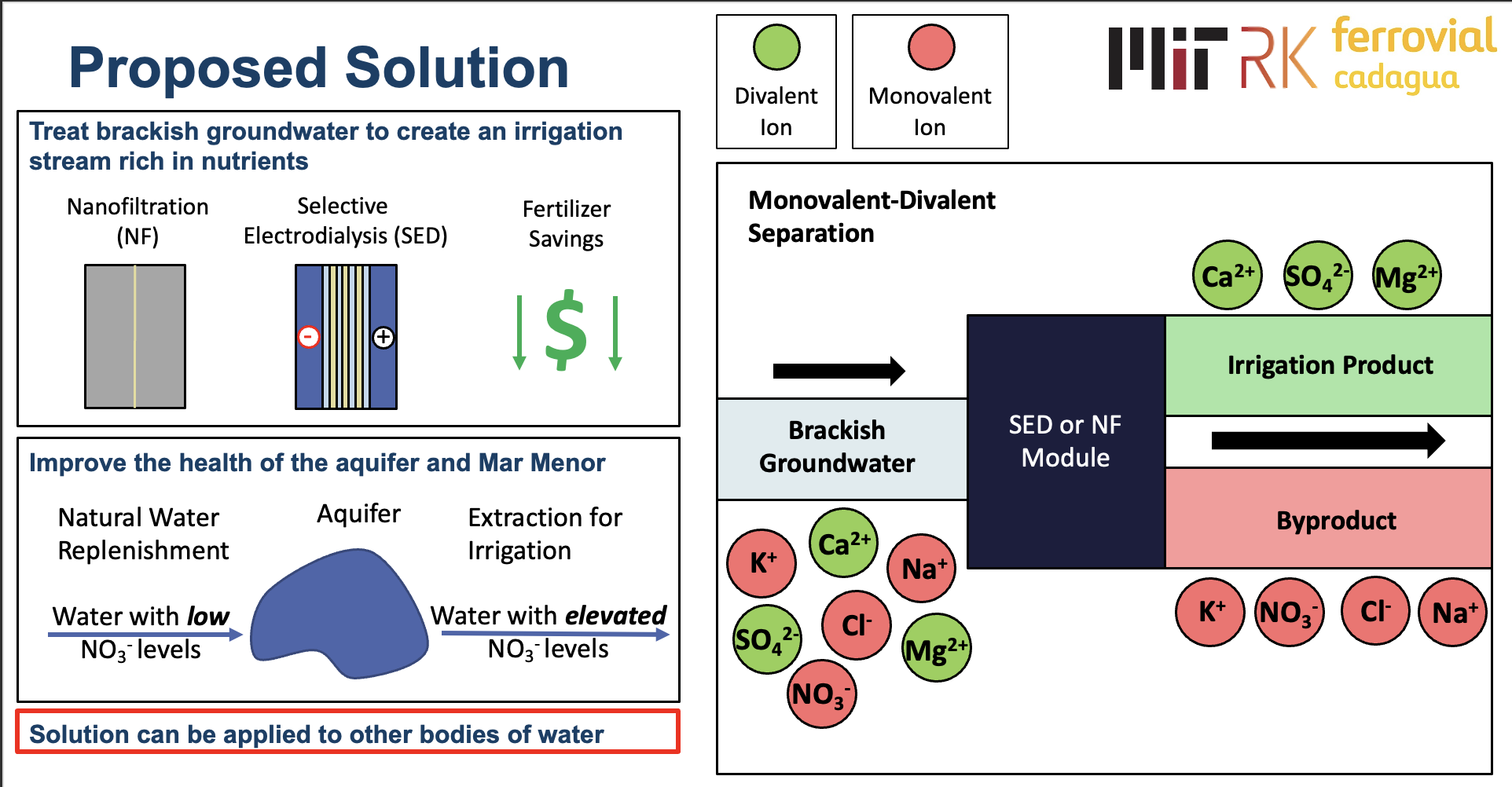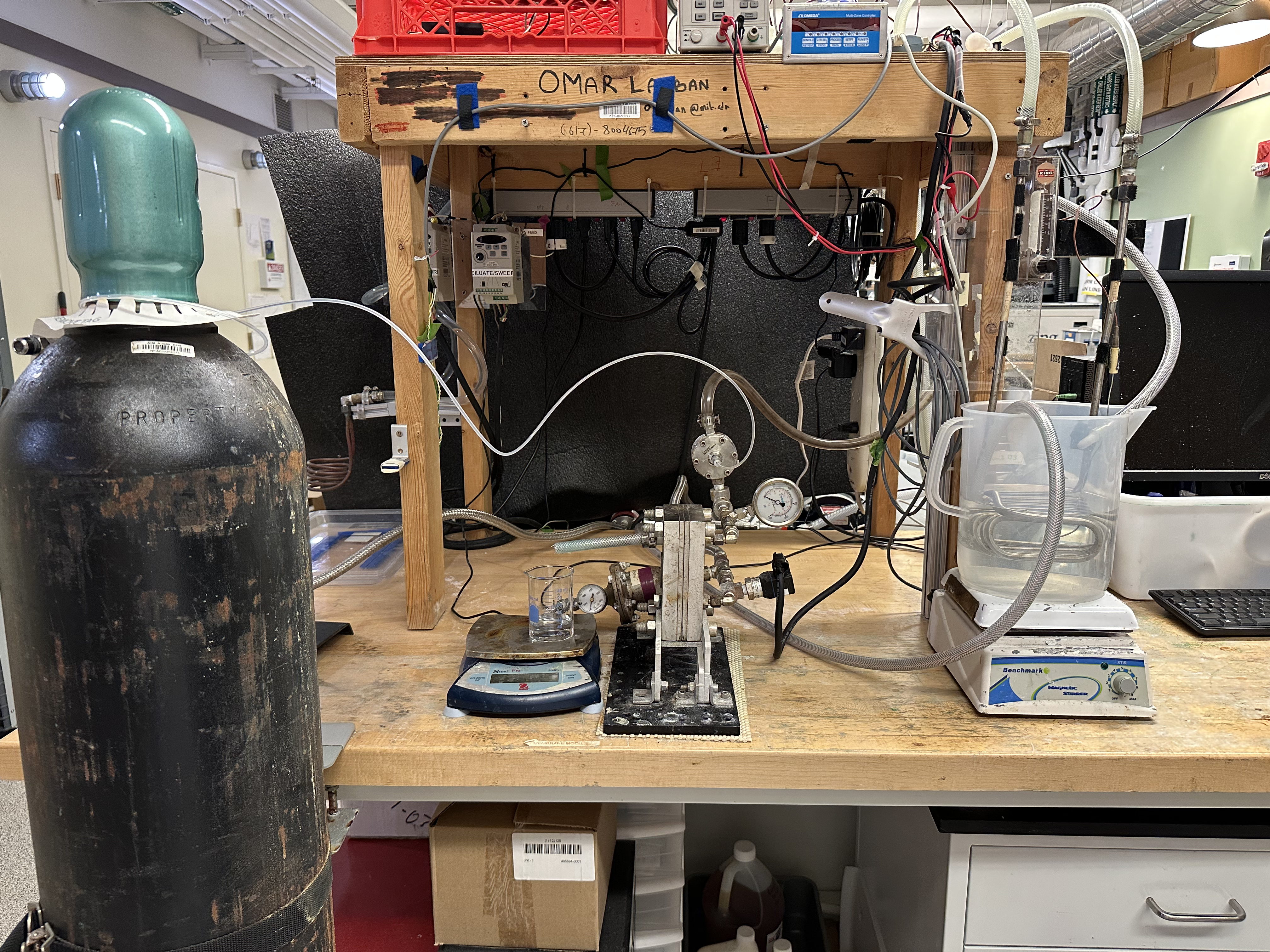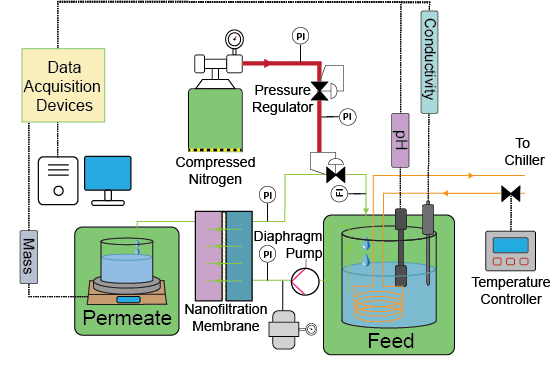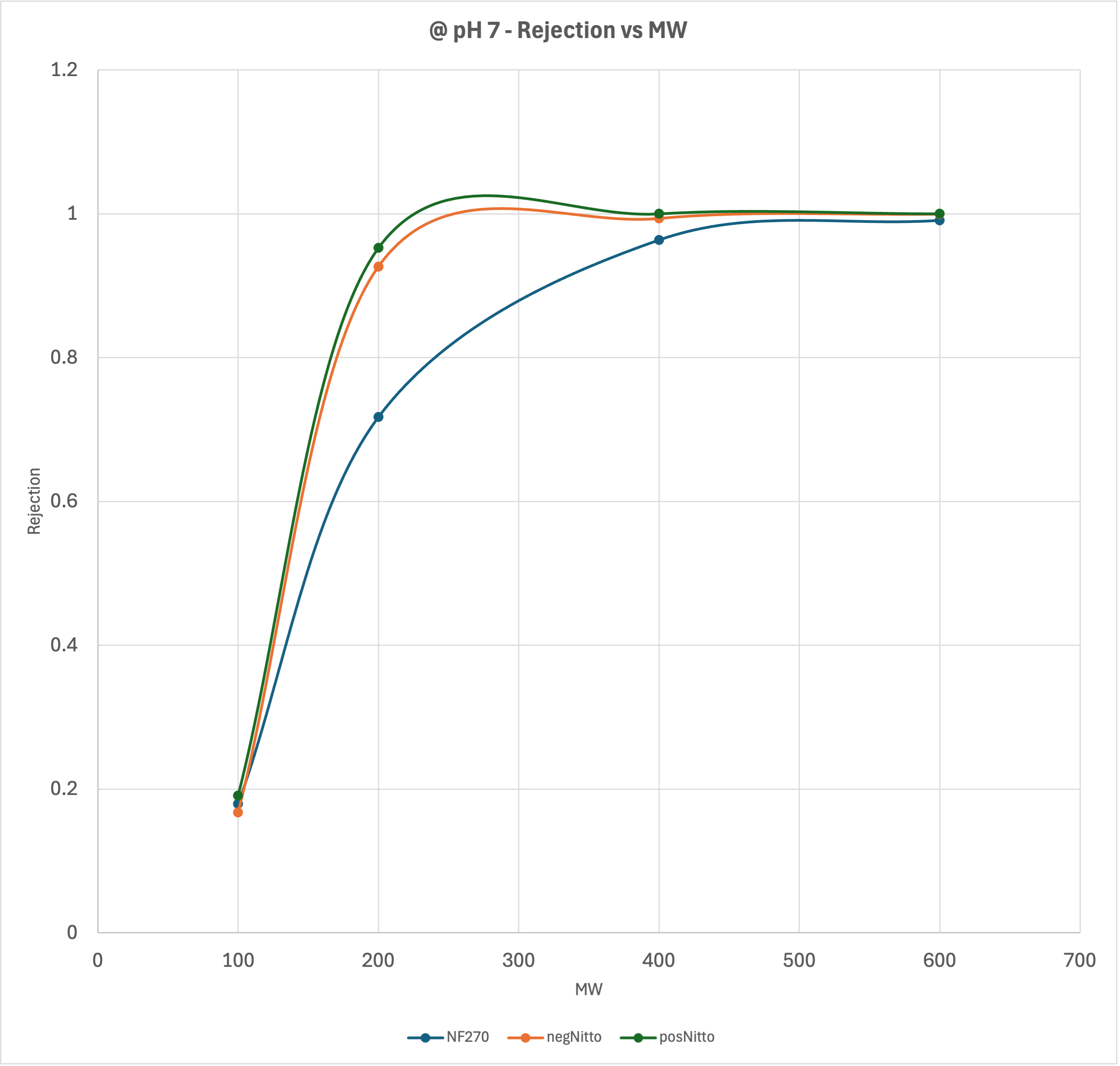Overview
Timeline: January 2024 – September 2024 | Lab: The Lienhard Research Group
The Campo de Cartagena basin (SE Spain) faces stressed hydrology and eutrophication of the Mar Menor due to groundwater overuse and pollution. Local brackish groundwater is high in monovalent ions harmful to crops (Na⁺, Cl⁻) but also rich in nutrient divalents (Mg²⁺, Ca²⁺, SO₄²⁻), making it low-quality for direct irrigation and underutilized for economic activities.
Conventional reverse osmosis (RO) removes nearly all ions, forcing fertilizer re-addition downstream. We instead evaluate monovalent-selective electrodialysis (MSED) and nanofiltration (NF) to retain nutrients while rejecting Na⁺/Cl⁻, aiming to cut fertilizer demand and brine losses.
My goal was simple: show that we can produce irrigation-ready water that retains Mg²⁺/Ca²⁺/SO₄²⁻, cuts Na⁺/Cl⁻, and reduces fertilizer inputs using nanofiltration (NF) and monovalent-selective electrodialysis (MSED).
